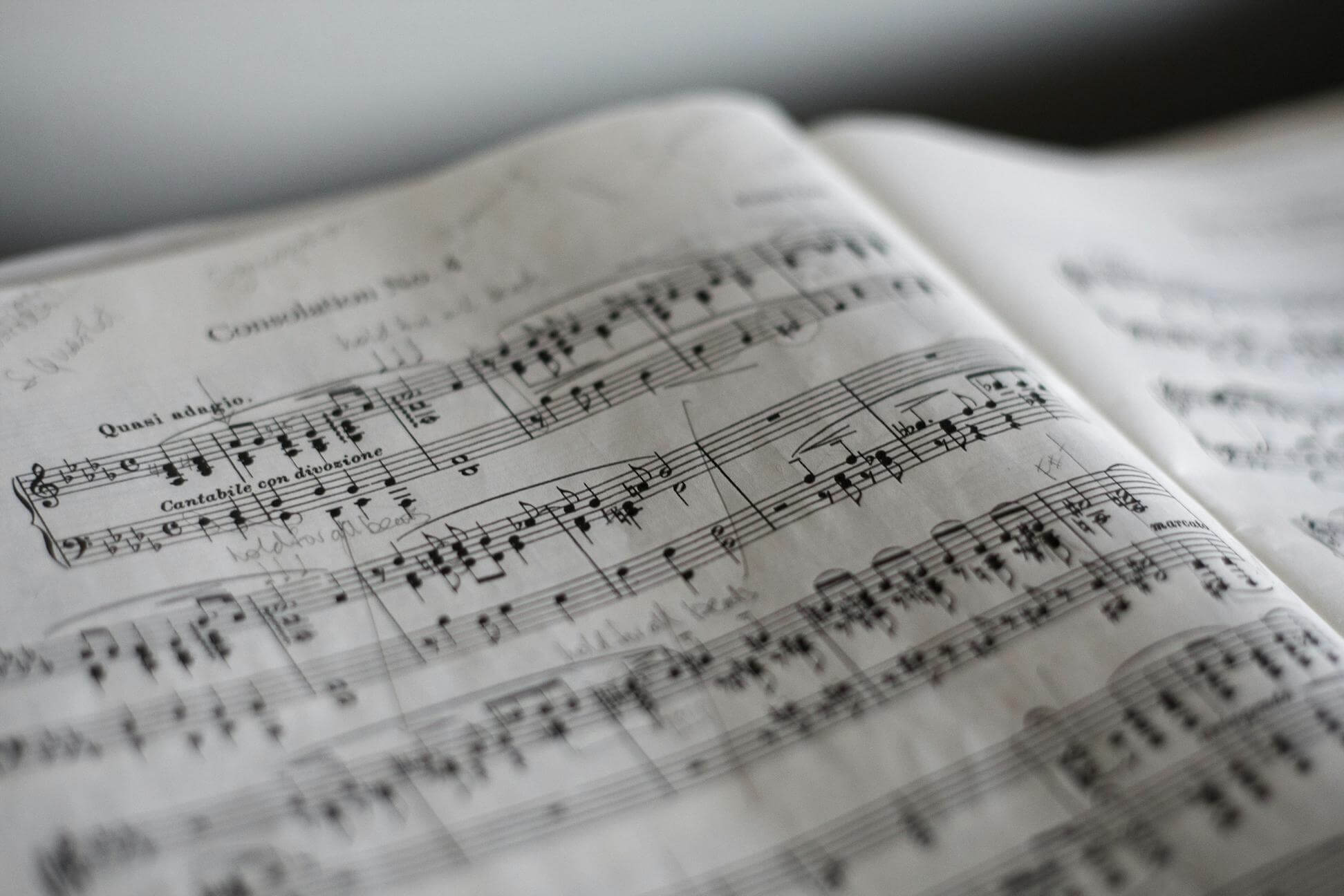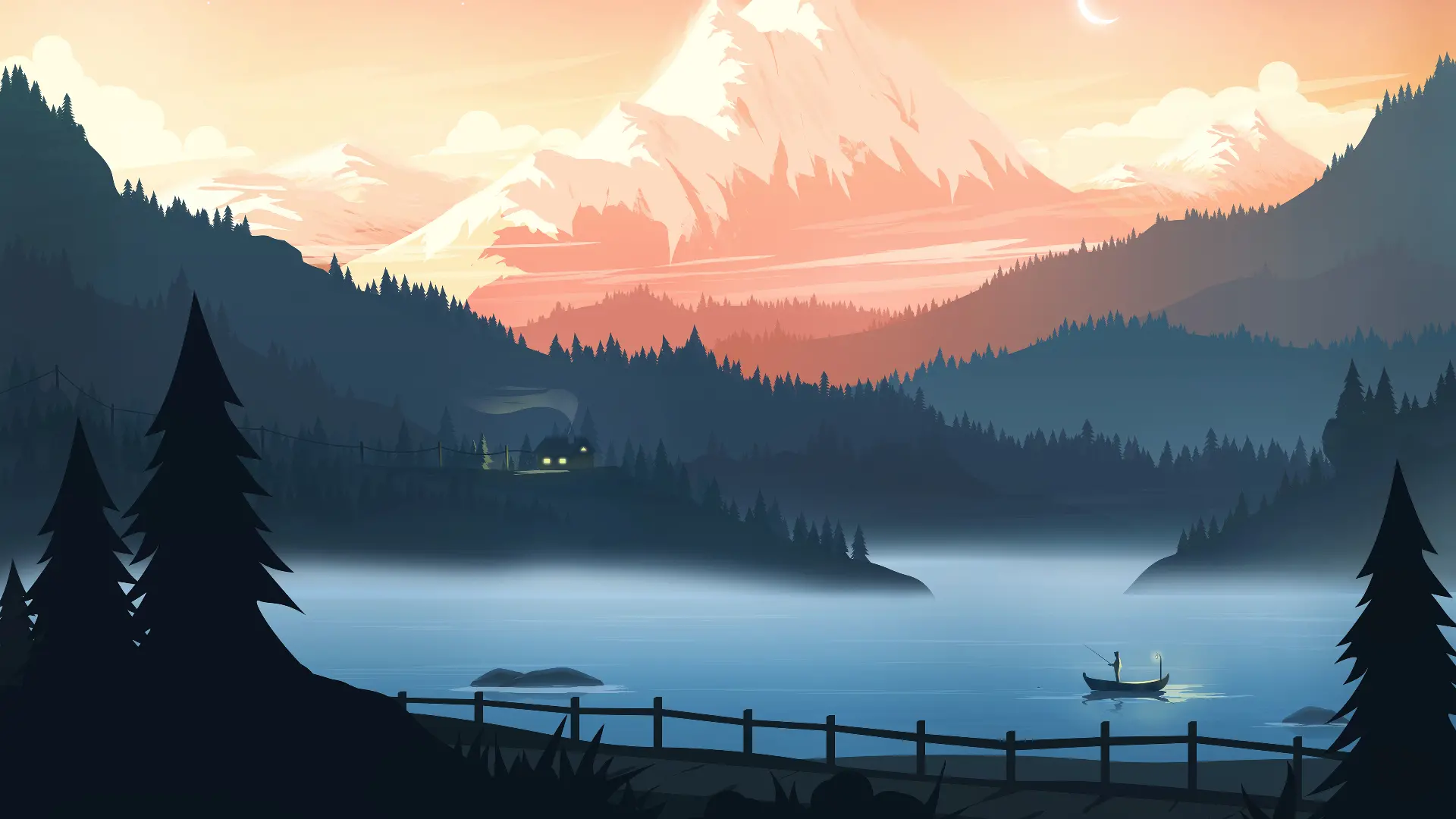
The Evolving Landscape of Music: A Journey Through Time and Technology
Music, an art form that strikes a chord deep within the human spirit, has been our steadfast companion through the ages. From the primal beats of ancient drums to the intricate digital symphonies of today, music has evolved in tandem with our journey through time. This narrative delves into the captivating transformation of music, spotlighting the profound influence of technological advancements on how we create, distribute, and savor this universal language.
The Historical Melody of Music
Music’s story is as ancient as humanity itself, each epoch gifting us unique sounds and styles. In the dawn of civilization, music was woven into the fabric of rituals and ceremonies, crafted from rudimentary instruments like drums, flutes, and lyres. As societies flourished, so did musical complexity. The Baroque and Classical periods birthed intricate orchestral compositions, showcasing the heights of human creativity.
The 20th century heralded a seismic shift in music with the rise of electronic instruments and recording technology. Jazz, rock, and pop genres burst onto the scene, each challenging and expanding the musical landscape. The latter half of the century welcomed synthesizers and computers into the fold, paving the way for a myriad of electronic sounds and new musical genres.
Ancient Echoes to Baroque Brilliance
Imagine a time when music was a communal experience, a thread binding societies together. In ancient cultures, music was more than entertainment; it was a vital part of storytelling, spirituality, and celebration. Instruments were crafted from natural materials, and their sounds resonated with the environment around them.
Fast forward to the grandeur of the Baroque era, where music became an elaborate tapestry of sounds. Composers like Bach and Vivaldi pushed the boundaries of musical composition, creating intricate and emotive works that still captivate audiences today.
The Technological Symphony of Change
The influence of technology on music is nothing short of revolutionary. The late 19th century’s phonograph changed how we consumed music, bringing recorded sounds into our homes. The radio further democratized music, while television added a visual feast to musical performances.
The digital era unleashed a torrent of transformation. Digital recording and editing tools offered artists unprecedented control, allowing them to craft meticulously polished tracks. The internet and streaming services dismantled traditional barriers, enabling artists to reach global audiences and listeners to explore an infinite array of music with a simple click.
From Phonographs to Streaming Giants
Picture the first moment someone heard a phonograph play—music, once ephemeral, could now be replayed at will. This innovation opened doors to a new world of music consumption. Radio waves carried these sounds further, knitting communities together with shared listening experiences.
With the dawn of the internet, the music industry faced a paradigm shift. Napster, Spotify, and other platforms revolutionized accessibility, making it possible for independent artists to thrive without the backing of major labels. This shift democratized the music scene, offering a stage to anyone with talent and a story to tell.
The Harmonic Convergence of Today
Today, music is more diverse and accessible than ever before. Genres continuously evolve, blending to create fresh and exciting forms of expression. Independent artists harness digital platforms to share their creations, bypassing traditional gatekeepers. Social media and streaming services have woven a global tapestry of music lovers, united in their passion.
Technological advancements have also redefined music consumption. Virtual reality and augmented reality concerts offer immersive experiences, transcending physical boundaries. Artificial intelligence is venturing into composition and production, pushing creative boundaries and ushering in a new era of musical innovation.
The Era of Immersive and Intelligent Music
Imagine attending a concert from the comfort of your living room, surrounded by the sights and sounds as if you were there. VR and AR technologies are transforming live performances, making them accessible to anyone, anywhere.
AI’s role in music is equally groundbreaking. From composing symphonies to generating beats, AI collaborates with human creativity, producing works that blend technical precision with emotional depth. This synergy is opening new frontiers in music, challenging our perceptions of artistry and creativity.
A Crescendo into the Future
The odyssey of music through time and technology underscores its timeless allure and adaptability. As we continue to innovate and explore new frontiers, music remains a vital part of our cultural and emotional fabric. It bridges generations, evokes memories, and stirs emotions. The future of music promises even more exhilarating possibilities, offering new ways to experience and cherish this ageless art form.
The Timeless Connection
Music’s ability to connect us across time and space is its most enchanting quality. Whether it’s the ancient rhythms of our ancestors or the digital beats of today, music unites us in a shared human experience. It is a mirror reflecting our evolution and a beacon guiding us into the future, a constant reminder of our creativity, resilience, and passion.
As we stand on the cusp of new technological horizons, the symphony of music plays on, ever evolving, ever inspiring. The next chapter in music’s rich history is ours to write, and it promises to be as harmonious and transformative as the journey thus far.
- Title: The Evolving Landscape of Music: A Journey Through Time and Technology
- Author: The Redefine Team
- Created at : 2023-11-12 12:30:00
- Updated at : 2025-07-16 20:40:07
- Link: https://redefine.ohevan.com/2023/11/12/music-journey/
- License: This work is licensed under CC BY-NC-SA 4.0.


